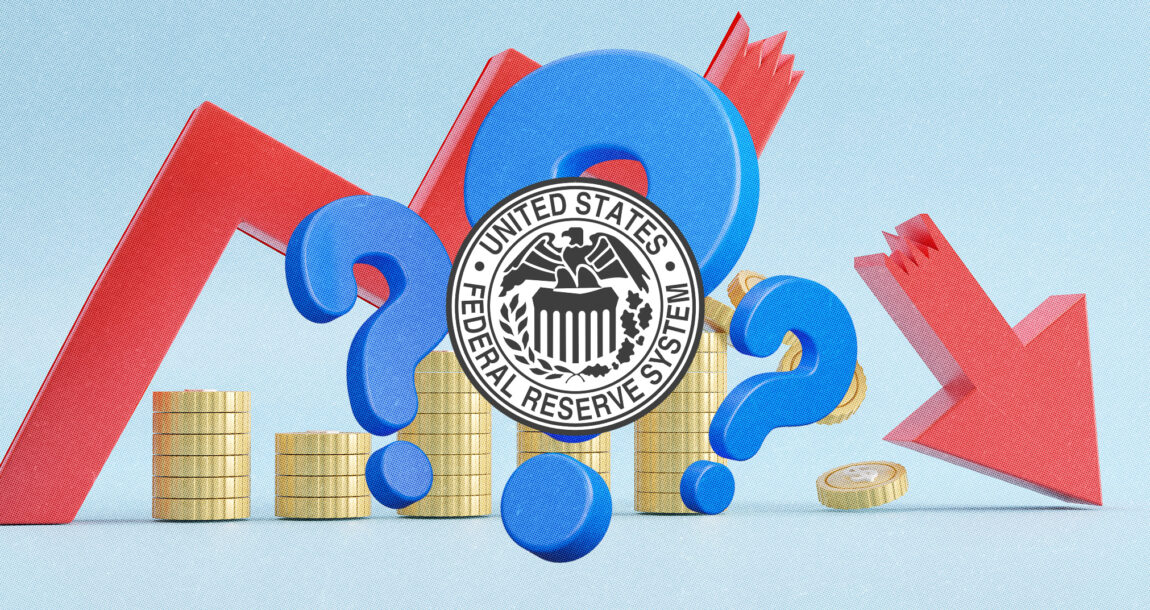As inflation cools, some say Fed may end rate hikes – for now

For the 10th consecutive month, inflation has shown signs of cooling, leading some financial experts and economists to theorize the Federal Reserve might be done raising interest rates to combat rising prices. For now.
The government said this week that the consumer price index rose 4.9% in April year-over-year, down a bit from 5% in March and substantially down from its peak a year ago of more than 9%. The numbers may mean the Fed can reach its 2% target level for inflation, perhaps by year’s end.
When eliminating the volatile food and energy costs, prices rose 5.5% in April, still slightly below the March increase. The sticking elements are housing costs, which have persistently remained high, though experts predict some cooling off in the summer months. Consumer spending, meanwhile, a major driver of economic growth, has leveled off, again signaling that the Fed has successfully chilled the economy, sometimes at the expense of businesses losing customers.
CPI data details 'much more encouraging'
“My read of the data is that the details are much more encouraging than the top line figures, largely because we saw a second consecutive moderation in shelter-related inflation,” said Eric Winograd, senior economist at AllianceBernstein, a global asset management firm based in Nashville, Tenn. “That is likely to continue as the lagged impact of past house price declines feeds into the series, and it increases my conviction that we will see meaningful disinflation over the next few months.”
Winograd said the numbers should keep the Fed on hold as it waits to see how far the disinflation goes and how quickly.
“The bar to rate cuts, though, is much higher than the bar for a pause in rate hikes, and the signal for a cut won’t likely come from the inflation data,” he said. “When the Fed turns to rate cuts, it will be because of a debt ceiling debacle, because of renewed banking sector tension, or because of significant deterioration in the labor market.”
Winograd said he expects the Fed to keep rates unchanged for the next 6-9 months even as disinflation continues. But, he said, “there is a long way to go before the Fed can comfortably declare victory.”
“[April’s] CPI report supports the view that inflation is moderating and some of the lagged components of inflation like shelter have started to show signs of trending down," said Venkat Balakrishnan, head of Asset Allocation at MissionSquare Retirement. "Fed’s preferred measure of inflation, core services ex housing inflation, is also cooling down and that should be a welcome sign for Fed. Barring any new surprises from next month’s jobs report and inflation print, recent inflation trends point to a Fed pause in the month of June.”
The Fed raised its federal fund rate this month to between. 5% and 5.25%, the highest in 16 years. At its monthly meeting it hinted it might pause further relate increases,
Inflation still at double Fed target rate
Despite the progress, inflation is annualized more than twice the Fed’s target rate of 2%. However, shelter-related inflation – perhaps the biggest single contributor to overall inflation, has moderated in the past few months and should continue to decelerate, economists said, reducing its impact on inflation.
The good news for families is that food prices have remained stable for the past two months, and even declined a bit in April.
But the continued demand for workers, which has sent hourly wages rising 4.4% in April from a year ago, has businesses passing on higher labor costs to consumers. The rising prices, though, haven’t yet produced a huge pushback from consumers, who continue to spend, though figures show the trend has flattened a bit in recent months.
Non-shelter services inflation has decelerated markedly in recent months and is now at its slowest run rate in more than a year, according to the government’s statistics.
“All in all, I think today’s data are encouraging,” said Winograd. “The more persistent parts of the inflation basket are slowing, which should bring inflation down meaningfully in the next few months. There will be volatility around that trend, as there always is, but today’s data should make the Fed more confident that it does not need to raise rates any further.”
Doug Bailey is a journalist and freelance writer who lives outside of Boston. He can be reached at [email protected].
© Entire contents copyright 2023 by InsuranceNewsNet.com Inc. All rights reserved. No part of this article may be reprinted without the expressed written consent from InsuranceNewsNet.com.
Doug Bailey is a journalist and freelance writer who lives outside of Boston. He can be reached at [email protected].





Lincoln Financial struggles again in Q1, reports an $881M loss
Silver divorce and life insurance settlements: Navigating a new landscape
Advisor News
- Does your investor client know how much they pay in fees?
- Get friends to do business: 2 distinct approaches
- Unlocking hidden AUM: Prospecting from within your client base
- Protests in D.C. Take Aim at Health Insurance, Financial Institutions, Oil & Gas Interests
- Charitable giving tools available for taxpayers; due to expire
More Advisor NewsAnnuity News
Health/Employee Benefits News
- GOP lawmakers commit to big spending cuts, putting Medicaid under a spotlight – but trimming the low-income health insurance program would be hard
- Virginia SCC faults Cigna's coverage of transgender, autism treatment
- GOP lawmakers commit to big spending cuts, putting Medicaid under a spotlight – but trimming the low-income health insurance program would be hard
- Curative Health Insurance Company’s Financial Strength Rating Affirmed by AM Best for Third Consecutive Year
- Best intentions of Georgia 2022 behavioral health insurance law fall short with slow implementation
More Health/Employee Benefits NewsLife Insurance News